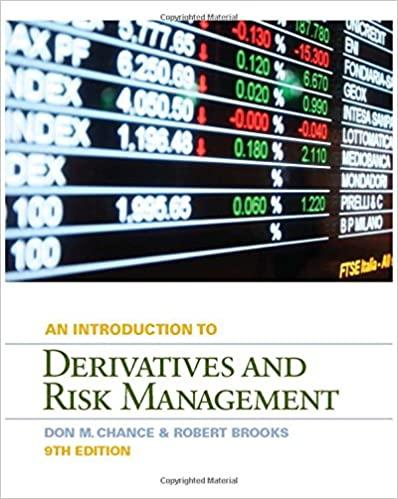3. Open the worksheet called "Testing CAPM". Calculate the beta using excess returns between each asset and the market (e.g. S&P500). Then calculate the expected return using historical data (remember the columns are "excess" meaning r-rf). Finally calculate the CAPM implied return and the average historical alpha for each asset class. As you fill in these numbers, you will notice that the chart populates with data points. This may be useful in answering the below. a. Report beta, historical return, CAPM return and alpha for corporate bonds. b. For this time period, how do the predictions of CAPM line up with the data. i. They are consistent because we have a positive relationship between beta and return which is all that we need to confirm CAPM ii. They are consistent because we have positive alphas iii. They are inconsistent because we have a positive relationship between beta and return but the slope is too flat iv. They are inconsistent because we have a positive relationship between beta and return but the slope is too steep v. This exercise provides mixed evidence: it shows that alphas are O but the slope of the SML is incorrect. 3. Open the worksheet called "Testing CAPM". Calculate the beta using excess returns between each asset and the market (e.g. S&P500). Then calculate the expected return using historical data (remember the columns are "excess" meaning r-rf). Finally calculate the CAPM implied return and the average historical alpha for each asset class. As you fill in these numbers, you will notice that the chart populates with data points. This may be useful in answering the below. a. Report beta, historical return, CAPM return and alpha for corporate bonds. b. For this time period, how do the predictions of CAPM line up with the data. i. They are consistent because we have a positive relationship between beta and return which is all that we need to confirm CAPM ii. They are consistent because we have positive alphas iii. They are inconsistent because we have a positive relationship between beta and return but the slope is too flat iv. They are inconsistent because we have a positive relationship between beta and return but the slope is too steep v. This exercise provides mixed evidence: it shows that alphas are O but the slope of the SML is incorrect







